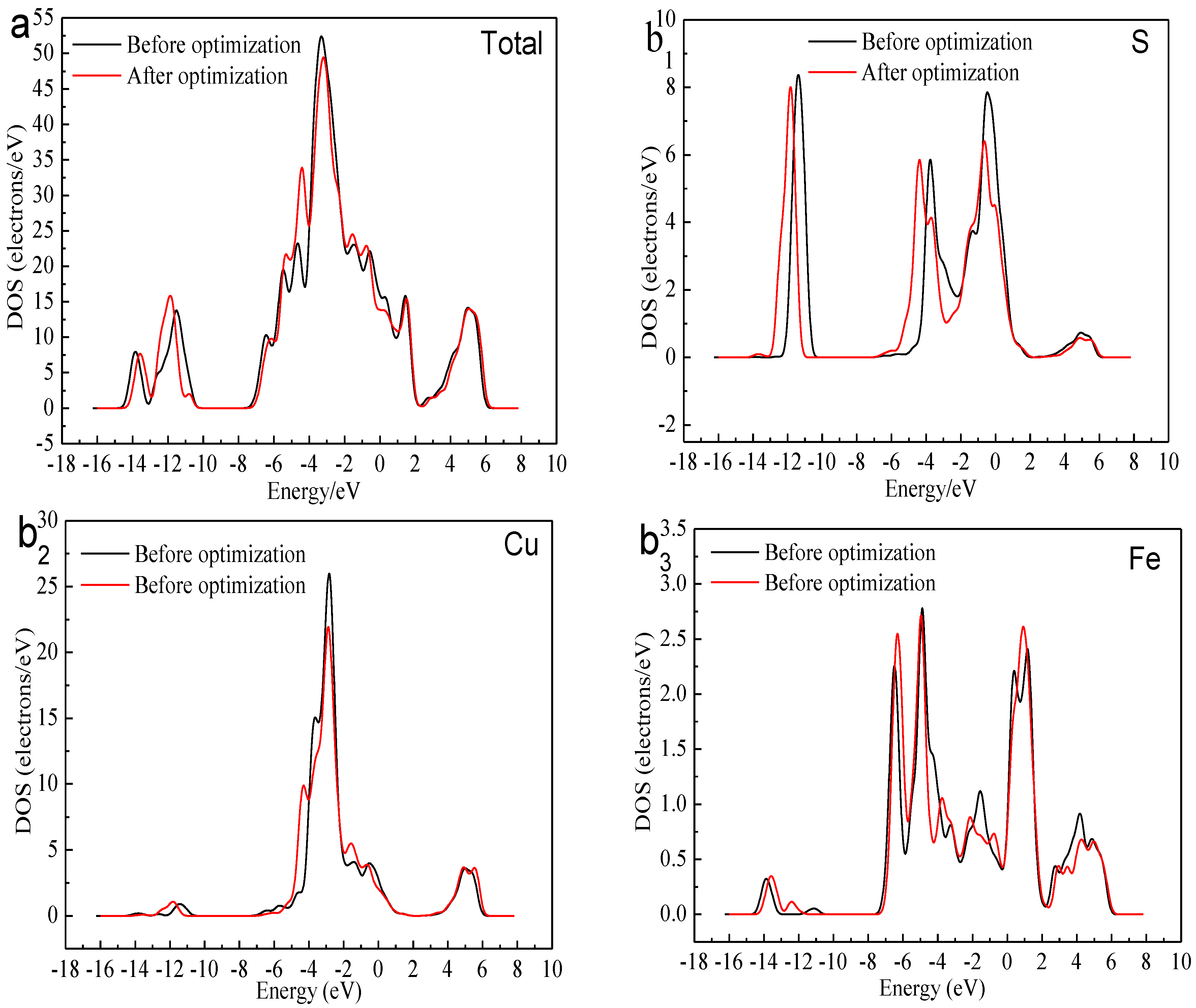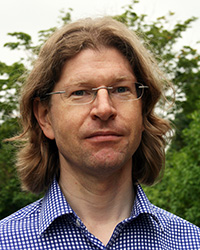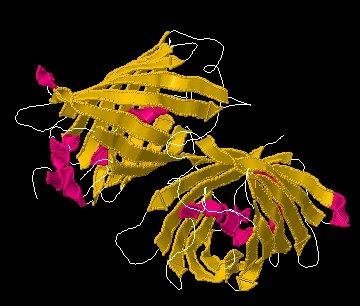CASTEP is an ab initio quantum mechanical program employing density functional theory (DFT) to simulate the properties of solids, interfaces, and surfaces for a wide range of materials classes, such as ceramics, semiconductors, and metals. For more, see the Accelrys Software, Inc., CASTEP page. Serial (1 CPU core) and Parallel versions of CASTEP were compiled. DMol3 is a commercial (and academic) software package which uses density functional theory with a numerical radial function 1 basis set to calculate the electronic properties of molecules, clusters, surfaces and crystalline solid materials 2 from first principles. Castep software, free download Gn9350 Drivers For Mac Dewalt 20v Positive Negative Mass Effect 2 Phalanx Vs Carnifex Photo GUN Joe Dirt 2 Wasp Wpl305 Printer Driver.
History

CASTEP was created in the late 1980s and early 1990s in the TCM Group of the Cavendish Laboratory in Cambridge.[1] It was then an academic code written in Fortran77. In the mid 1990s it was commercialised by licensing it to Molecular Simulations International (the company was later purchased by Accelrys, in turn purchased by Biovia) in an arrangement through which the University of Cambridge received a share of the royalties, and much of the development remained with the original academic authors. The code was then redesigned and completely rewritten from 1999–2001 to make use of the features of modern Fortran, enable parallelism throughout the code and improve its software sustainability. By this point annual sales exceeded £1m.[2] Despite its commercialisation, CASTEP and its source code remained free to UK academics.
- (CASTEP) is a business programming bundle that utilizes thickness practical hypothesis with a plane wave premise set to compute the electronic properties of crystalline solids, surfaces, atoms.
- Software that open geom file - CASTEP geometry data Programs supporting the exension geom on the main platforms Windows, Mac, Linux or mobile. Click on the link to get more information about CASTEP for open geom file action.

In 2019 the free academic licence was extended to world-wide academic use (not just UK academia). Commercial users can purchase CASTEP as part of Biovia's Materials Studio package.[3]

History
CASTEP was created in the late 1980s and early 1990s in the TCM Group of the Cavendish Laboratory in Cambridge.[1] It was then an academic code written in Fortran77. In the mid 1990s it was commercialised by licensing it to Molecular Simulations International (the company was later purchased by Accelrys, in turn purchased by Biovia) in an arrangement through which the University of Cambridge received a share of the royalties, and much of the development remained with the original academic authors. The code was then redesigned and completely rewritten from 1999–2001 to make use of the features of modern Fortran, enable parallelism throughout the code and improve its software sustainability. By this point annual sales exceeded £1m.[2] Despite its commercialisation, CASTEP and its source code remained free to UK academics.
Castep Software Reviews

Castep Software Development
In 2019 the free academic licence was extended to world-wide academic use (not just UK academia). Commercial users can purchase CASTEP as part of Biovia's Materials Studio package.[3]